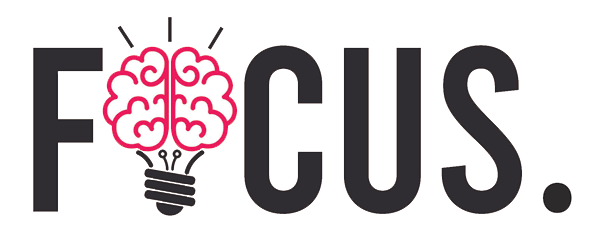
INCREASING ONLINE SALES BY VARYING PRICES
We are seeing huge demand globally for eCommerce websites.
The main challenge we always face with eCommerce platforms is conversions. Bringing in traffic is one thing and encouraging those users to buy is another.
When we use Google Adwords or social networks advertising there is a cost involved and usually based on the amount of click on the adverts.
If they do not sign up for the offer or purchase it, we must consider them a deficit. Imagine if this happened in a traditional store. 100 people entered and only 1 makes a purchase, ( as what happens in an online store ) it would be hard to remain in the business right?
Apart from finding and comparing different marketing channels to deliver more traffic, there is one key variable in the marketing mix of a product and that is the price. But how much does the price make a difference when purchasing online?
In neuroscience.com they published a new study by researchers from Singapore and Yale that revealed a surprise about the price variable and the comparison between different products. If too similar or the same products has exactly the same prices in an online store, the subjects are much less likely to buy one of these, than if the prices are a little different. This may seem counterintuitive; Since they are different prices, wouldn’t confusion be added to the decision process?
In an experiment, the researchers presented two groups of subjects to buy chewing gum. One group saw the chewing gum priced at 63p, while the other group saw the chewing gum priced at 62p, alongside another at 64p. This trivial difference caused 77% buying action for the second group to buy VS only 46% for the first group.
In traditional shops, similar products are generally offered at the same price. By simplifying the choice for the consumer, it could actually increase the likelihood that the consumer will not buy anything.
This is not to say that a seller should try to price each size and color individually for a sweater, for example. That would be a logistical nightmare. However, for example, if two sweaters are similar except for one with a round neck and the other with a v-neck, setting and displaying the price with a difference in pennies could help sell more total units.

